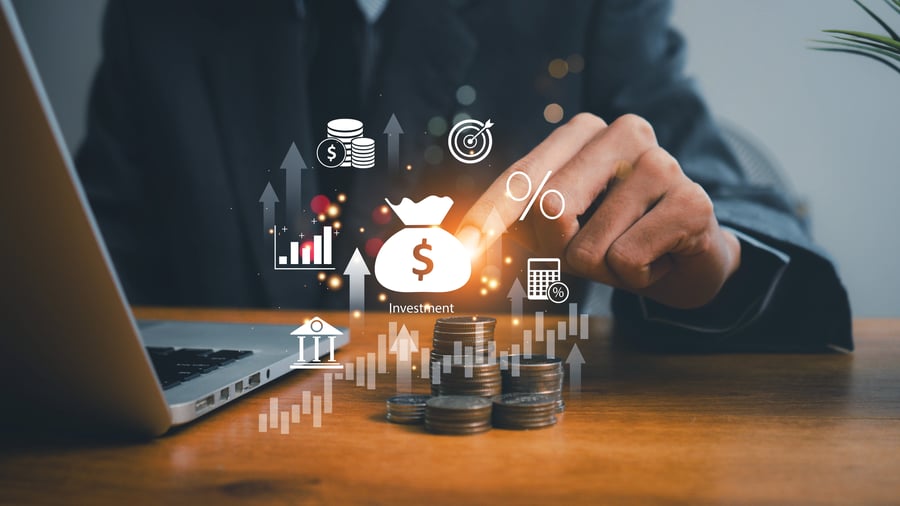Here’s how it works:
- A lender (or supplier) extends credit to your company, allowing you to make purchases or cover costs upfront
- Instead of paying immediately, you agree to settle the balance within a specified time frame—commonly referred to as net terms (e.g., Net 30, Net 60).
- If you pay within the agreed terms, there’s usually no added interest. But if you go beyond the due date, you may incur additional fees.
For example, if a supplier agrees to Net 30 terms, they’re effectively offering you a short-term line of credit for 30 days. Every invoice they issue represents a temporary line of credit. This setup can be especially useful for businesses that rely on timely inventory replenishment or need to bridge gaps in cash flow without the burden of long-term debt.


